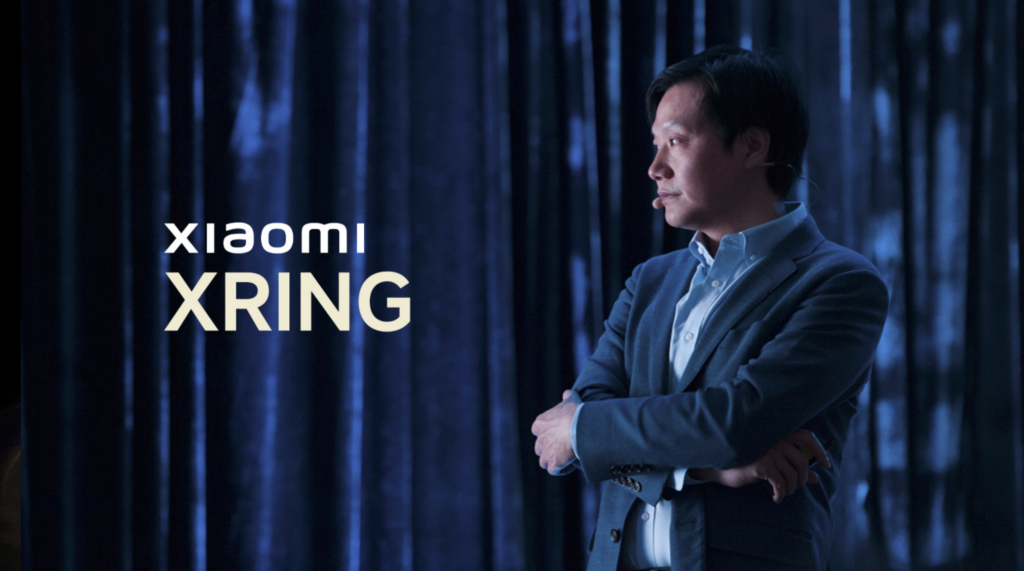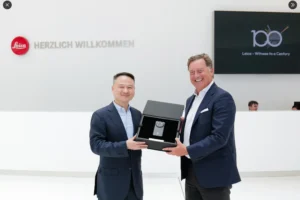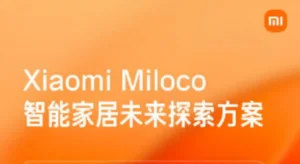Xiaomi’s Bold Move into SoC Development with XRING
Xiaomi is set to make significant strides in the semiconductor sector with the introduction of its XRING SoC. This ambitious venture underscores the company’s aim to enhance hardware and software integration, reducing reliance on third-party chip manufacturers. As we delve deeper into this strategic initiative, it’s clear that XRING could redefine Xiaomi’s standing in the technology landscape and position it more favorably against industry giants.

Strategic Foundation: Shanghai Xuanjie Technology
Three years ago, Xiaomi established Shanghai Xuanjie Technology, a wholly-owned subsidiary operating under X-Ring Limited. With an impressive investment of approximately CNY 1.5 billion (around $235 million), Xiaomi demonstrated its commitment to developing proprietary systems on chip (SoCs) designed specifically for its diverse ecosystem of products.
Core Areas of Focus
Shanghai Xuanjie Technology is primarily focused on several key areas:
- Integrated Circuit (IC) Design Services: Crafting tailored IC solutions that cater to Xiaomi’s unique ecosystem.
- Chip and Product Sales: This includes proprietary SoCs and discrete semiconductor devices.
- Development of Semiconductors: Expanding beyond SoCs, the firm aims to produce essential semiconductor components.
By leveraging seasoned leadership, with Zeng Xuezhong—a Senior Vice President of Xiaomi—appointed as the company’s legal representative, Xiaomi is reinforcing its semiconductor capabilities and strategic goals.
The Rise of XRING: Building on Past Success
Xiaomi’s foray into chip-making isn’t entirely new. The company previously introduced the Pinecone subsidiary, which successfully developed in-house Image Signal Processors (ISPs). Transitioning from ISPs to fully-fledged SoCs illustrates Xiaomi’s growing ambition in the tech space. Recent leaks suggest that the codename XRING has been referenced in AOSP commits, hinting at exciting developments on the horizon.
Aiming for an Equivalent to HiSilicon
Xiaomi’s formation of a dedicated chip development arm echoes Huawei’s establishment of HiSilicon. This parallel illustrates the competitive landscape and Xiaomi’s aspiration to offer customized SoCs for its expansive product range, which includes:
- Smartphones
- Tablets
- Smart Home Devices
- AIoT Products
The introduction of XRING will not only enhance product performance and efficiency but will also facilitate vertical integration for seamless hardware-software optimization.
Why XRING Represents a Game-Changer for Xiaomi
Xiaomi’s ambition to develop its SoCs highlights the importance of semiconductors in today’s technology-driven world. Investing significantly in XRING establishes Xiaomi as a contender against tech behemoths like Apple and Samsung, which produce their proprietary chipsets. This commitment enhances Xiaomi’s innovative capabilities while maintaining independence amid the ongoing global supply chain challenges.
Strategic Advantages of Custom SoCs
Developing in-house SoCs yields several strategic benefits for Xiaomi, including:
- Increased Flexibility: Improved control over product designs and updates.
- Performance Enhancement: Custom chips optimized to meet specific performance criteria.
- Global Positioning: Reducing reliance on suppliers like Qualcomm.
These advantages indicate that Xiaomi is not just focusing on the present; it is preparing for the future as a serious player in the semiconductor industry.
Key Specifications of the Xiaomi XRING SoC
Recent leaks provide a glimpse into the potential specifications of the soon-to-be-released XRING SoC. The chip is anticipated to utilize technologies from MediaTek, featuring:
| Component Type | Details |
|---|---|
| CPU Architecture | 1x Cortex-X3, 3x Cortex-A715, 4x Cortex-A510 |
| GPU | ARM Mali GPU |
| Connectivity | MediaTek-based modem and wireless solutions |
These specifications reflect Xiaomi’s ambition to deliver a competitive SoC capable of powering a range of devices seamlessly.
The Road Ahead: Opportunities and Challenges
While the development of custom SoCs is resource-intensive, utilizing established MediaTek components enables Xiaomi to accelerate its timeline without compromising quality. Challenges related to innovation and performance remain but are far from insurmountable, given Xiaomi’s existing ecosystem.
Future Potential of XRING
Xiaomi’s XRING initiative opens up exciting prospects in both product development and user experience. As the company refines its chip capabilities, it inherently gains the opportunity to set new trends across its product range. The ultimate goal remains ambitious: to redefine technological excellence while maintaining a competitive edge within the global market.
In conclusion, the launch of the Xiaomi XRING SoC signifies a pivotal moment for the company. It is not merely a product release but an evolution of Xiaomi’s identity as a technology innovator. We look forward to witnessing how XRING reshapes Xiaomi’s role in the semiconductor domain and its broader impact on the industry.
Xiaomi XRING SoC
Xiaomi’s XRING SoC is a significant launch aimed to optimize the hardware and software integration of their products.
Tags:
Xiaomi, XRING, Semiconductor, SoC, Chip Development, MediaTek, CPU, GPU, IoT, Technology, Shanghai Xuanjie







